9 Applications of IoT in Retail Industry
Examples of IoT applications that will have a significant impact on the future of retail industry.
The global retail industry amassed over $23.45 trillion in the year 2017 and is only projected to rise by the end of 2018. The reason why the retail industry has such a strong foothold is it handles products that people use on a daily or monthly basis, especially FMCG companies.
Technology has been seeping into the global retail industry, and much of the growth that we are going to see in the future will be influenced by technology, the rise of online retailers are a prime example to it. However, the latest trend involves IoT, both on the user side and manufacturer side. Industry specialists predict we are entering the era of “Smart Retail.”
Let’s review the impact of IoT in retail and how it influences the Retail Industry.
1. Smart Shelves
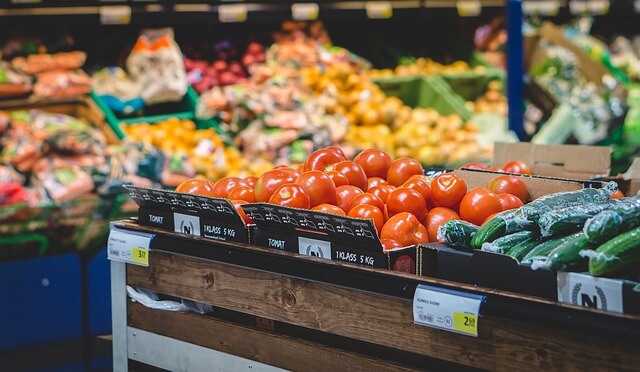
The idea of Smart Shelves have been floating around for a while now, and with help from IoT, we can see it coming into fruition in the very near future. Basically, Smart shelf is an inventory system that automatically tracks the products, items or goods. Imagine you home keeping track of the supplies and sending automatic orders when it feels something in your home is low in inventory. This is how Smart Shelves work.
2. Smart Cashiers

We all dread the painstakingly long queues at checkout stations in malls and other shops. If the purchase day aligns with festive shopping or a discounts days, then the chances of a swift billing become even slimmer. With the automated cashier system, the system bills the users as he walks past the billing area using sensors and RFID on the products. This technology has not been implemented yet. However, plans are being made to get this idea mainstream. McKinsey Global Institute claims that by 2025, companies worldwide will benefit from cost savings that range from $150 billion to $380 billion a year.
3. Operations and Equipment Optimization
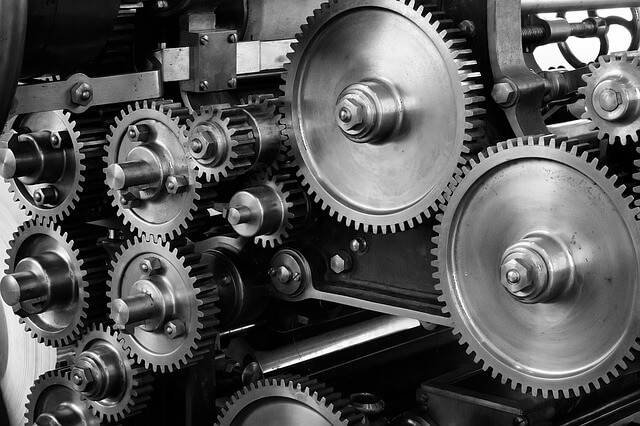
The benefits of having IoT in retail doesn’t just bring convenience and saving to the users but also helps to make the companies work better. Using IoT sensors, companies can get accurate data on how well they work and their overall efficiency. This data can be further analyzed to optimize the machinery to more efficient working.
4. Smart Notifications

Imagine you enter a mall, and your phone suddenly buzzes with messages, informing you of latest deals and discounts at that particular mall. It is a great way to gain the user’s attention, and they will be more inclined to purchase something from that mall. IoT in retail can certainly make this possible as the sensors are always in constant communication with other sensors in order to provide you with a great experience.
5. Personalized Discounts
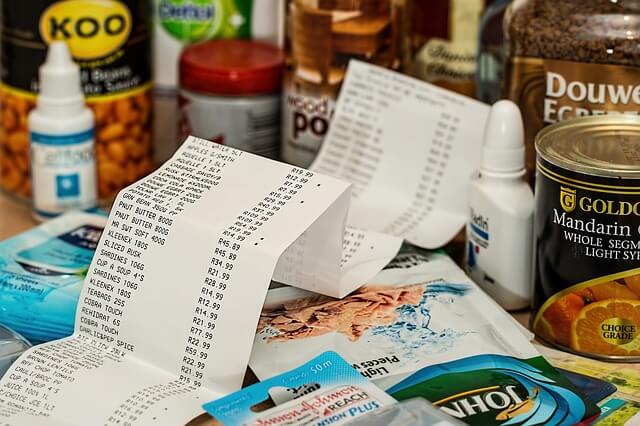
Customers are happy if they receive discounts on products that they use regularly. But how will retailers know which products are used by whom? Yes, the answer is IoT enabled tracking systems. Since the type of products used by an individual fall under their own personal choice, it had been very hard for retailers to give them personalized suggestions and discounts. With innovations like IoT enabled tracking, retailers can offer discounts and suggestions on products that people truly love!
6. Customer Experience Optimization
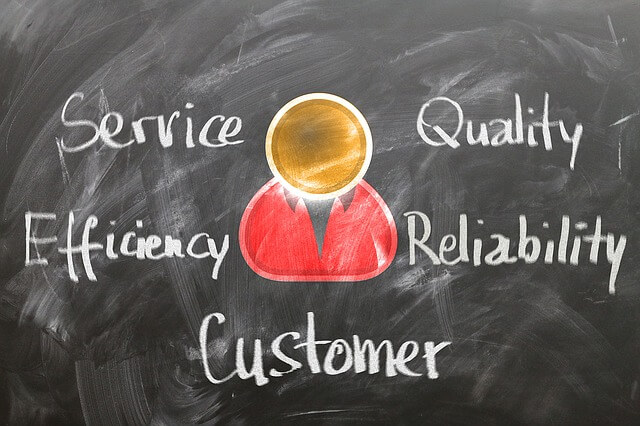
This is the culmination of all the points we have mentioned above! Since IoT bring retailers and customers closer to each other than ever before, it leads to a positive customer perception towards the retailer. The advantage of IoT is that it keeps on improving the customer experience by notifying the retailer what they want so that the retailer can provide discounts and specials prices for those products.
7. Smart Displays or Signage
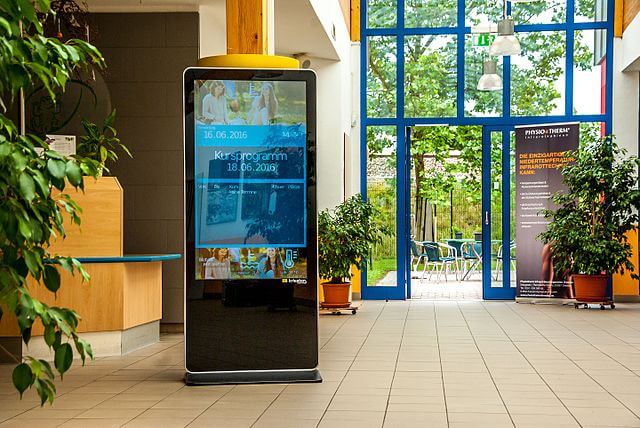
Since the shelves inside the shops hold a variety of products, it’s sometimes hard to pick one from another because the user doesn’t know the key differences between them. Now companies are thinking of using smart displays and digital signage on the shelves to explain a product as soon as the customer picks it up from the shelf. This will greatly help in informing the customer about a project and helps the company to spread awareness about new products quickly. The system will employ IoT sensors like RFID and proximity sensors to facilitate such a function.
8. Supply Chain Optimization
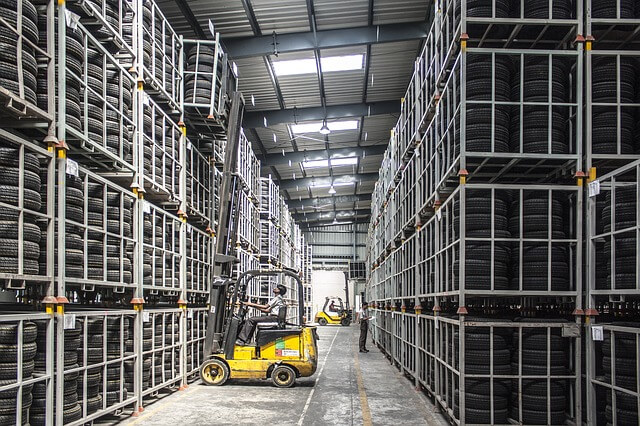
FMCG companies must be quick to respond to supply requests and demands to push out more volume of products. If they miss opportunities, the customer will opt for another product. For a company to be efficient in its working, it should optimize every facet of it. Inventory and supply chain go hand in hand. With IoT, the retailer and the company can monitor stocks in real time. Even if the retainer forgets to order a new batch, the company can notify them of low stock and send stock accordingly.
9. Smart Store
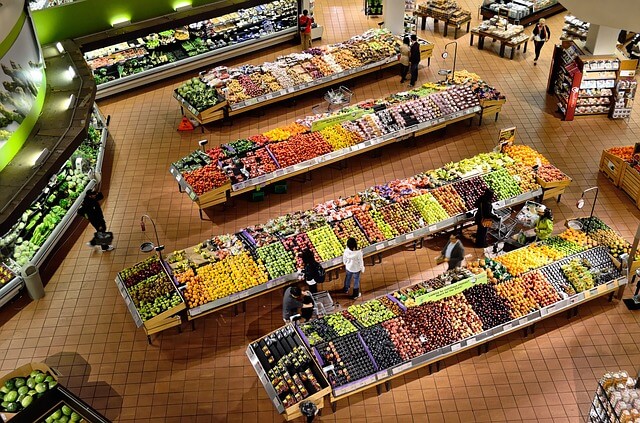
IoT isn’t just for the shelves and cashiers in a store; it can also be scaled to the entire store itself. Imagine that there is a long queue in the billing area, what if the store notified you of a less crowded billing counter. IoT can be employed to monitor traffic, crowds and even help customers choose better. Many companies have started the transition towards the Internet of Things era and the best part is that it’s all good for the consumers.
IoT will surely help retailers to drive more customers to their products, and FMCG companies will have a huge advantage by truly connecting with their customers. The advancements are also great for the competition as in the end. The best part is that it’s all good for the customers!



